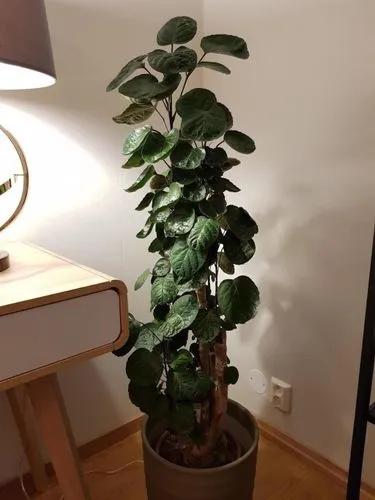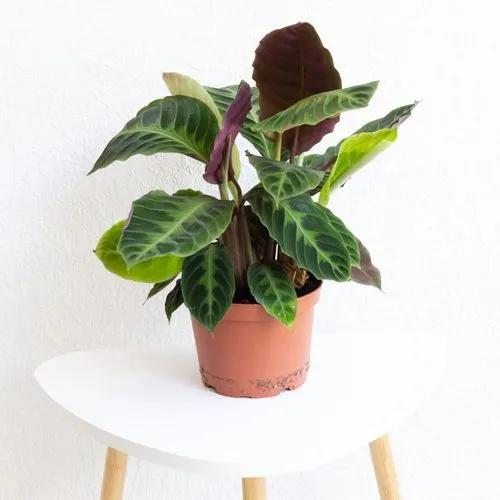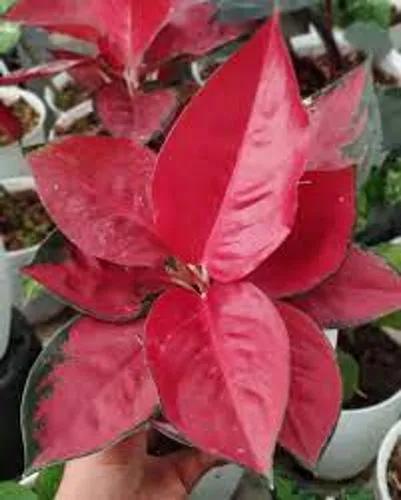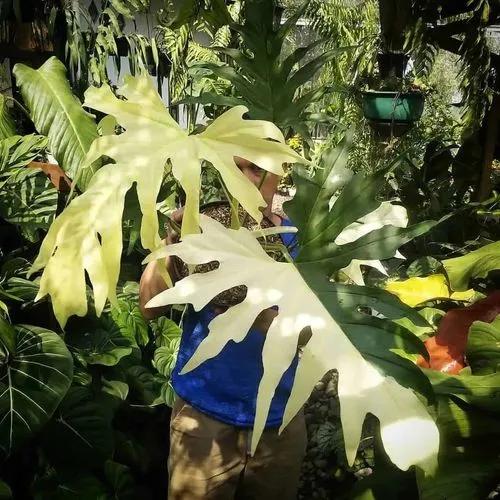Triostar stromanthe (Stromanthe thalia, also known as tricolor stromanthe) is one of the best ways to add color to your space. These plants will grow two to three feet high and one to two feet across at maturity with the proper care.
Stromanthe thalia Care
Stromanthe thalia



Stromanthe is a genus of plant in family Marantaceae, native to the tropical portions of the Americas from Mexico to Trinidad to northern Argentina. Native to the jungles, Stromanthe thalia plant features elegant pointed green leaves splashed with pale green, cream, and pink on top and colored a deep pink, maroon, or magenta underneath. As a member of the prayer plant family along with marantas and calatheas, triostar stromanthe will naturally fold up its leaves at night, showing off their striking pink undersides.
How to Care for the Plant

Water

Water your Stromanthe when the top 25% of soil is dry. Water until liquid flows through the drainage hole at the bottom of the pot and discard any water that has accumulated in the saucer. Your Triostar loves a humid environment, so feel free to mist every day.

Pruning

Get rid of damaged leaves and stems. This is important because damaged leaves and stems can actually be an energy drain on your plant. By removing those dead parts, you're taking some of that work off your plant’s plate and allowing it to divert its energy into healthy leaves and new growth!

Fertilizer

When it comes to fertilizers, you want to avoid over-fertilizing (just like an overdose of vitamins isn't great for us, either). Less is more, so it’s important to follow what the package says for application amounts.

Sunlight

They grow at their best close to a window in partial sun and shade.

Soil

Does best in conventional potting soils that contain ingredients such as peat, manure, and black hummus.

Temperature

The plant prefers average temperatures of 65°F (18°C) to 80°F (27°C).

Container

Ceramic pots are the most popular type of containers for houseplants today. You'll find them in all kinds of styles, colors, and sizes. At one time, the clay pot was the most common container for indoor plants. When choosing a pot, choose a pot that is 2.5-5 cm (1-2”) larger than the current size.

Popularity

25,615 people already have this plant 2,916 people have added this plant to their wishlists
Discover more plants with the list below
Popular articles






